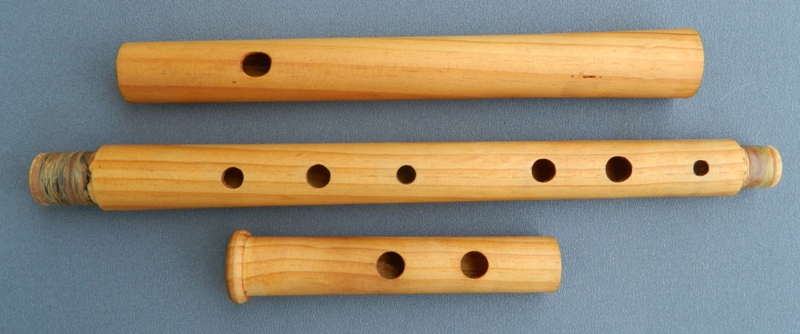I'm not so sure about that. The smoothest surface you can get in a wooden flute's headjoint is with a full brass metal liner like my Aebi, but I can't say the tone is brighter than the unlined Windward flute I played before it. The tone isn't exactly the same as the Windward but I don't hear a noticeably brighter tone in the sense of high frequency harmonics or a sharper edge. Both flutes "sound like me" with some minor volume difference, the Windward being a hair louder as you'd expect with a Pratten-ish design vs. the Aebi Rudall copy.
Maybe it's because most of the sound is coming from the vibrating air column in the rest of the bore, and the headjoint is just an "exciter" to get the column vibrating, so the metal liner doesn't contribute anything? I would still think the difference in surface smoothness would have *some* impact if smoother is always better, or always brighter.
Anyway, I keep coming back to the idea of a threshold of smoothness that's good enough, like bare wood with a thin film of moisture after playing, and you wouldn't hear the difference if the bore was even smoother on the microscopic level. Otherwise everyone would be playing glass and metal flutes. Or at least preferring fully metal-lined headjoints in a wooden flute, which doesn't seem to be the general preference among modern "Irish flute" makers.
